Space Filling Curve Based Graph Partitioning Approach for Non-Metric Lawn Mowing And 3D Printing Problems
Published:
Overview
We formulated the 3d printing problem. The 3D printing problem is the same as the lawn mowing problem. We showed minimum turn lawn mowing / 3D printing problem is NP-hard. It is known minimum length lawn mowing / 3D printing problem is NP-hard 1. Suppose we are solving the lawn mowing problem on space $X$. It is difficult to design an approximation algorithm, if
- Turn cost is involved. Since the turn cost problem does not form a metric.
- Edge weight in the dual graph of $X$ is not a metric.
Our Work
We may want to solve the exact problem using MIP. But MIPs are hard to solve for large instances of the problem. This motivated the development of our work.
- Find integral orthogonal polygon (IOP) for a given polygon.
- Partition the dual graph of the IOP into multiple dual graphs using a space-filling curve. Each dual graph has its enter and exit vertices. Further, we guarantee there exists a Hamiltonian path for each dual graph between entry and exit vertices.
- We used MTZ formulation with turn cost to solve the Hamiltonian path problem for each dual graph.
- Connect these Hamiltonian paths between dual graphs based on the space-filling curve sequence. We were able to solve problems with total $812,733$ nodes of a bunny over $360$ layers and $799,716$ nodes of buddha over $169$ layers.
For more details check out our work SFCDecomp: Multicriteria Optimized Tool Path Planning in 3D Printing using Space-Filling Curve Based Domain Decomposition
An illustration for a general polygon is shown below.
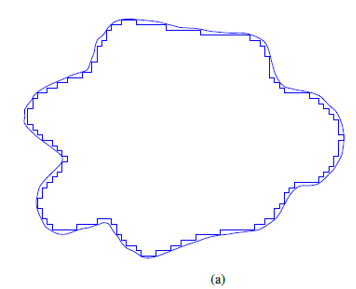 |
|---|
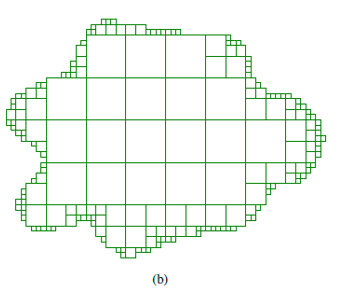 |
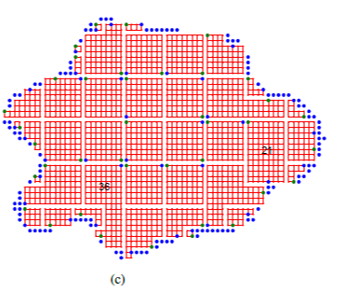 |
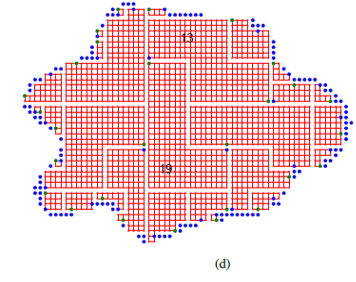 |
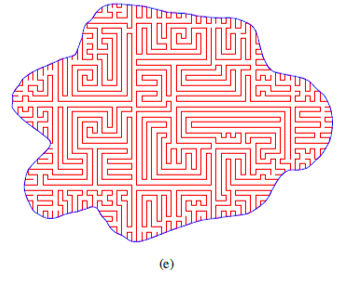 |
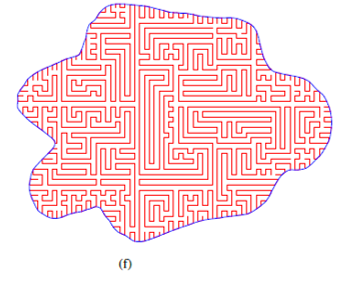 |
Images of some 3d printed layers of the bunny.
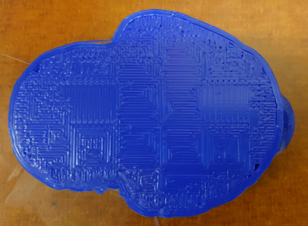 |
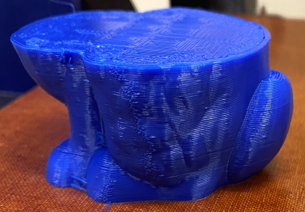 |
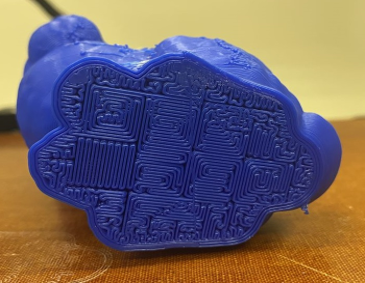 |
Images of tool path of some layers of the bunny.
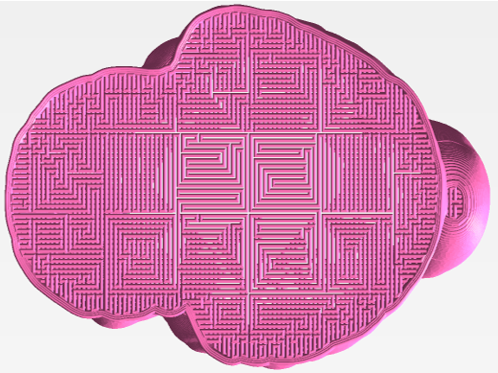 |
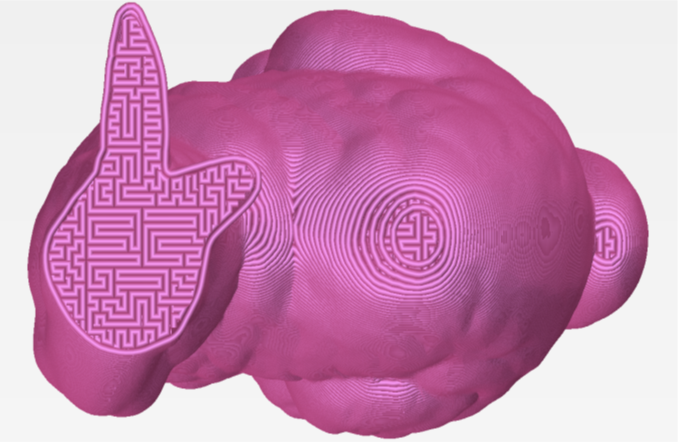 |
References
E. M. Arkin, S. P. Fekete, J. S. B. Mitchell, Approximation algorithms for lawn mowing and milling, Computational Geometry 17 (1-2) (2000) 25–50. ↩
